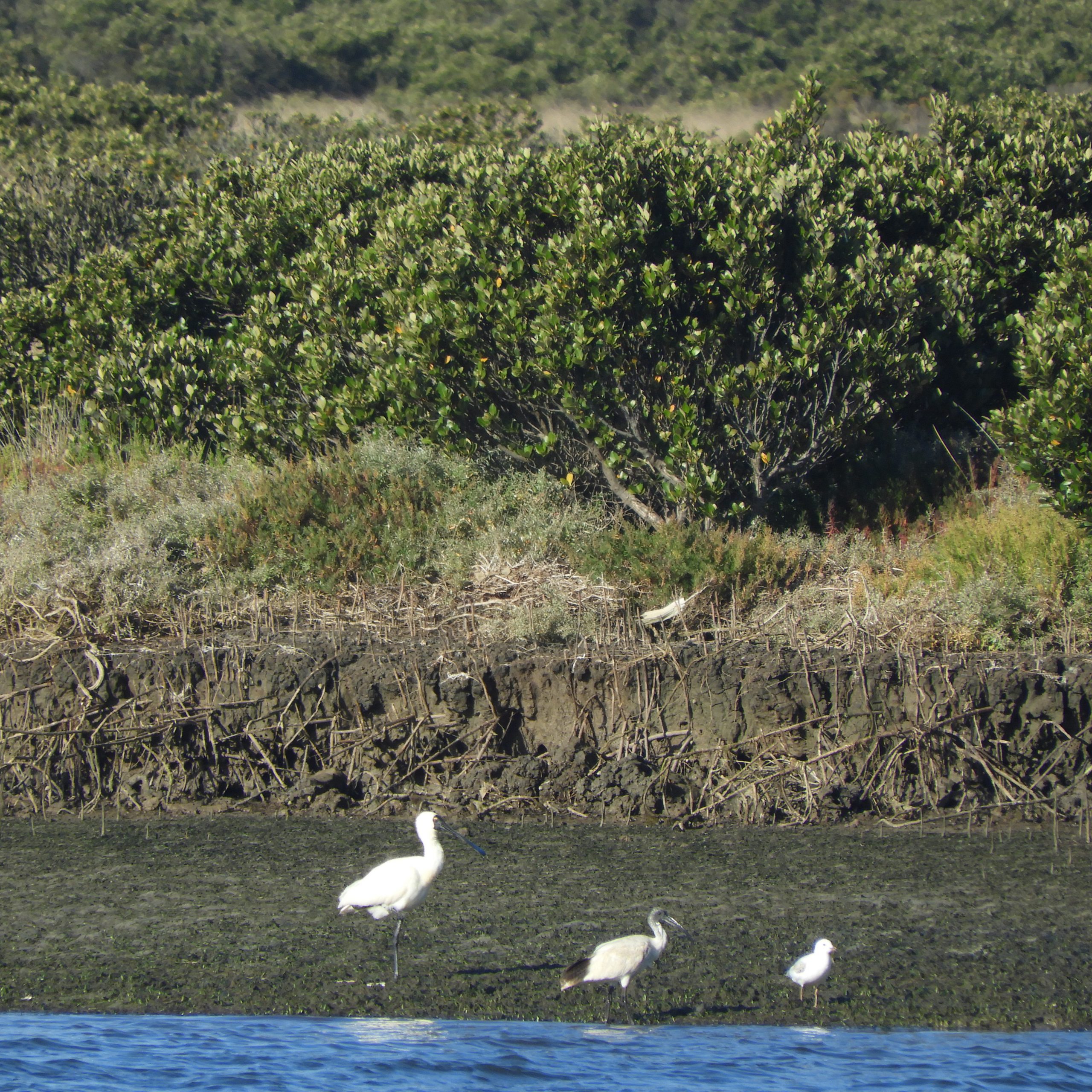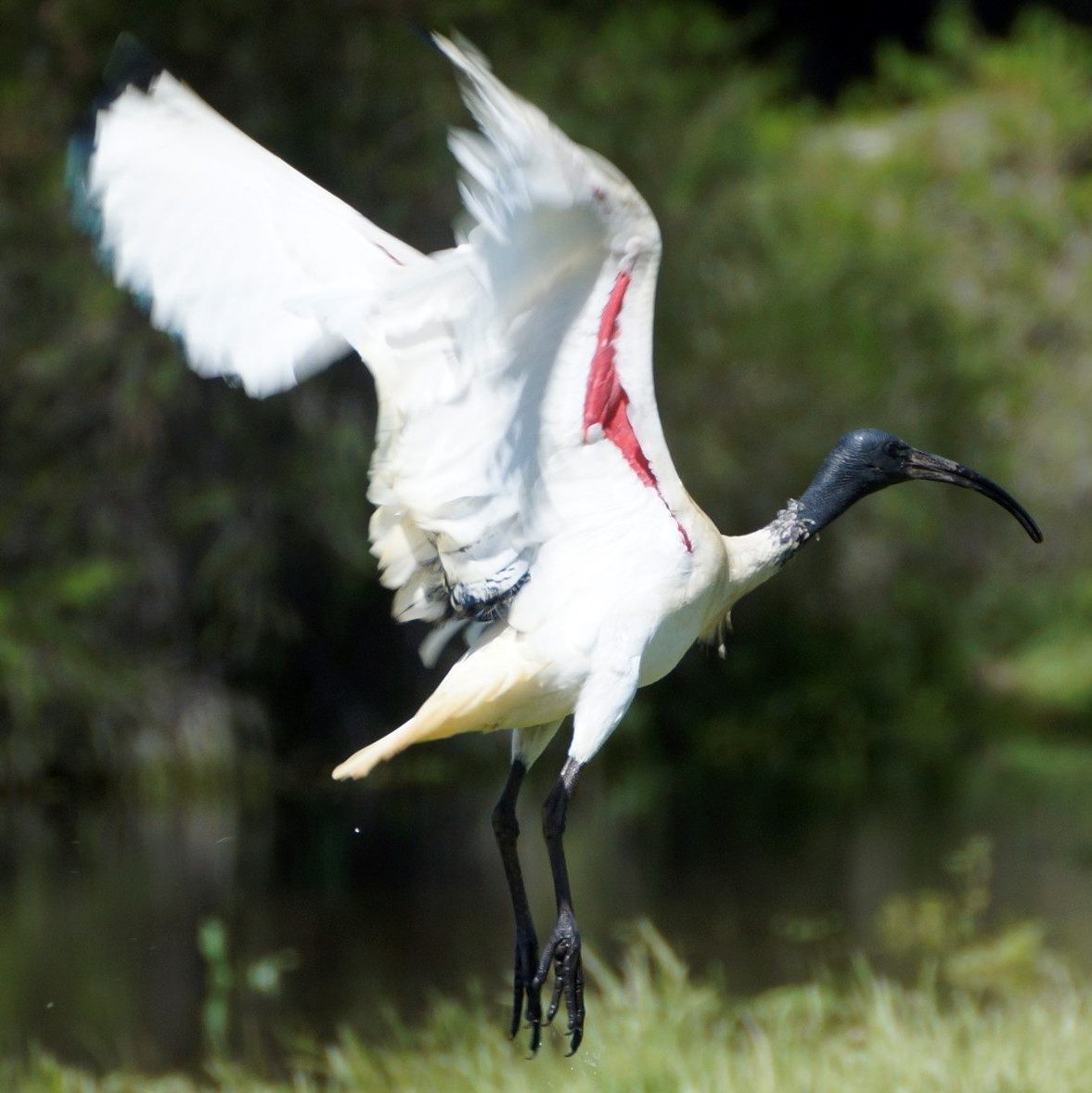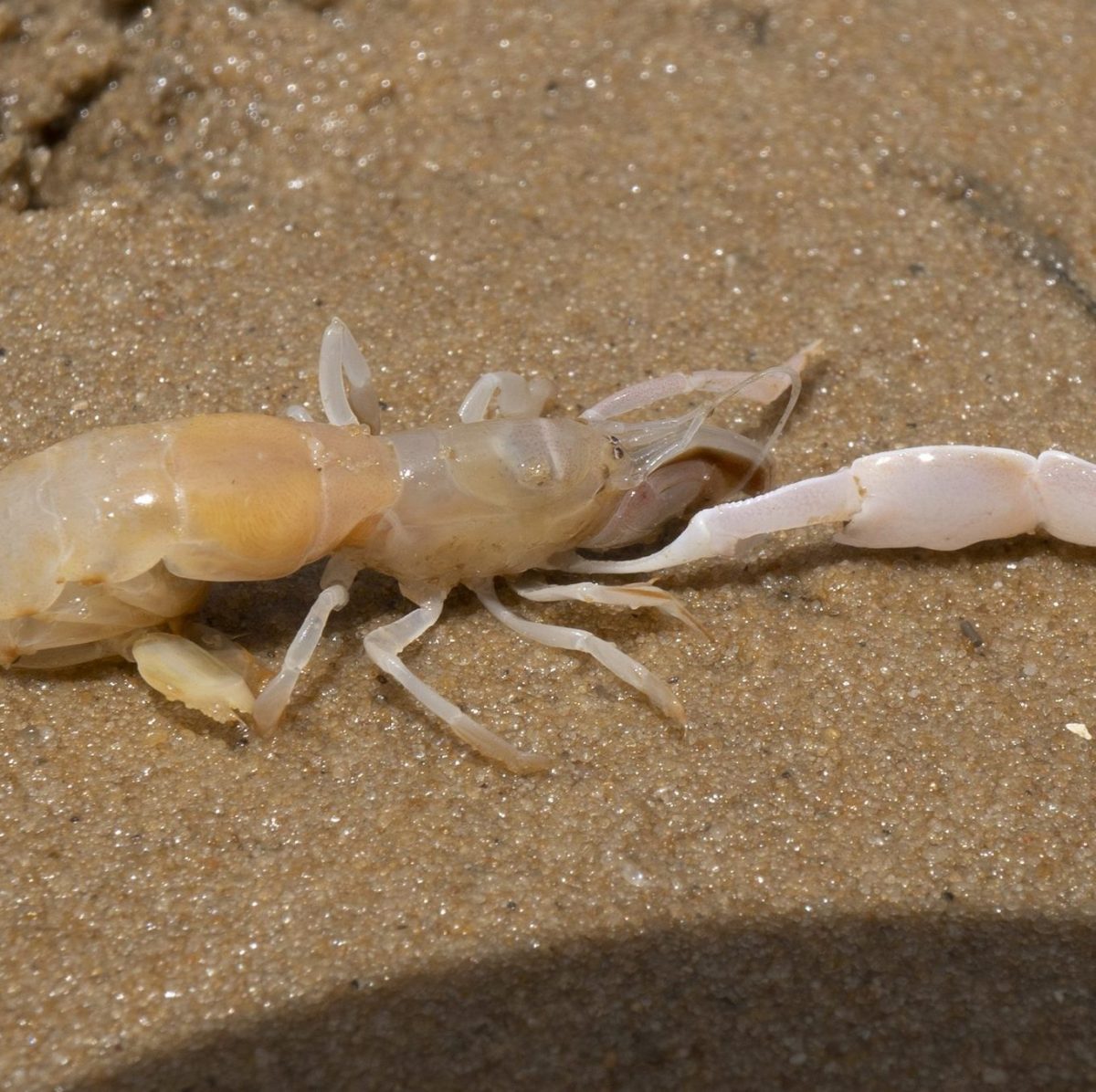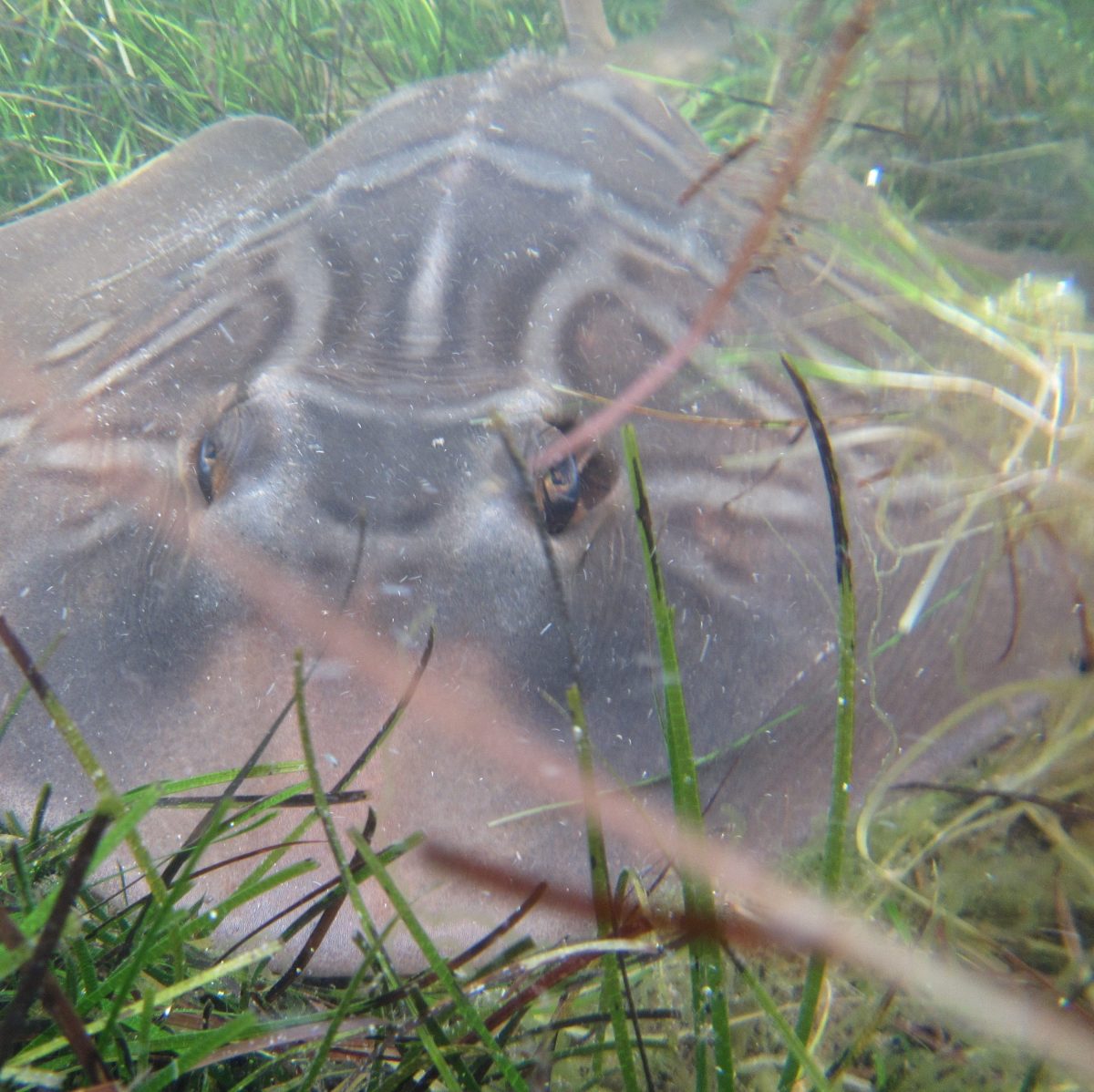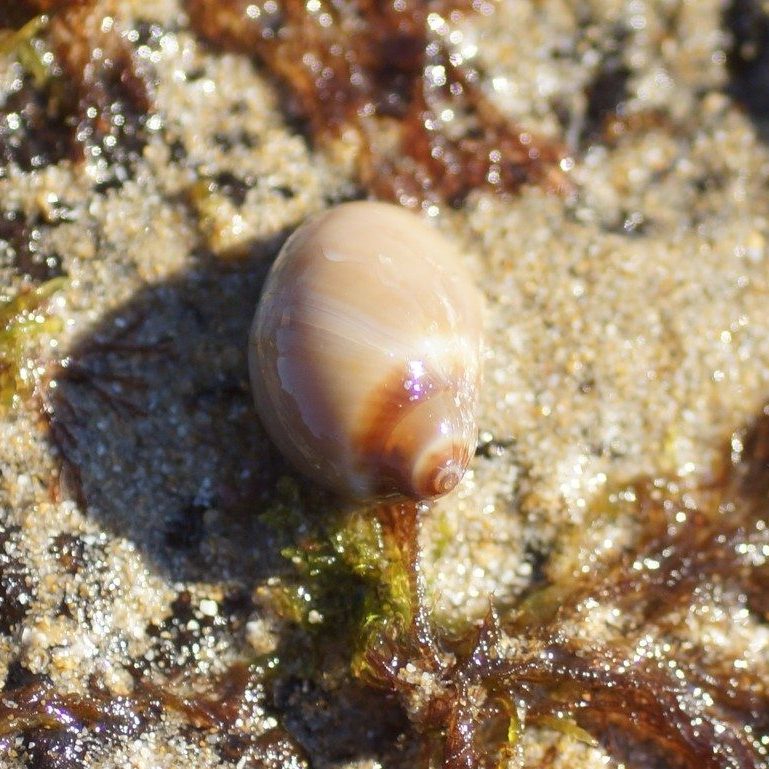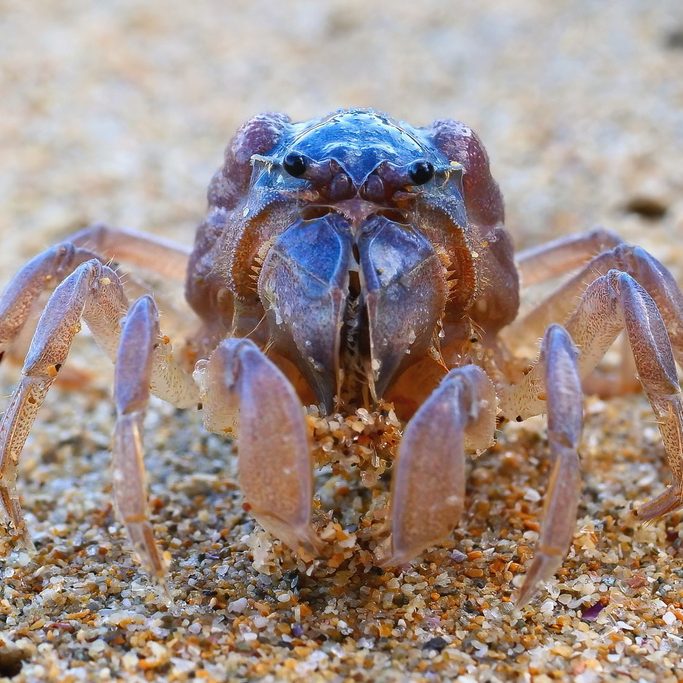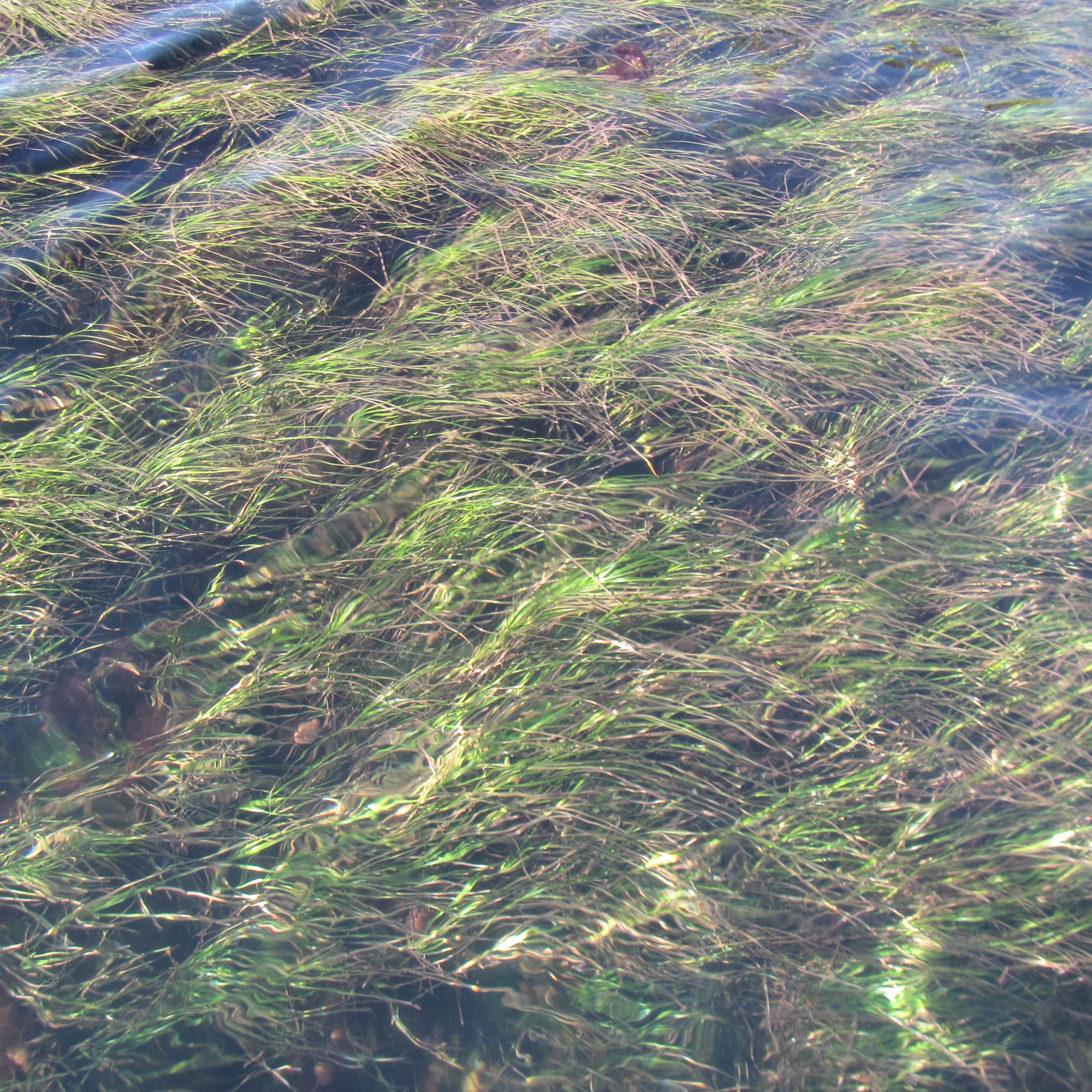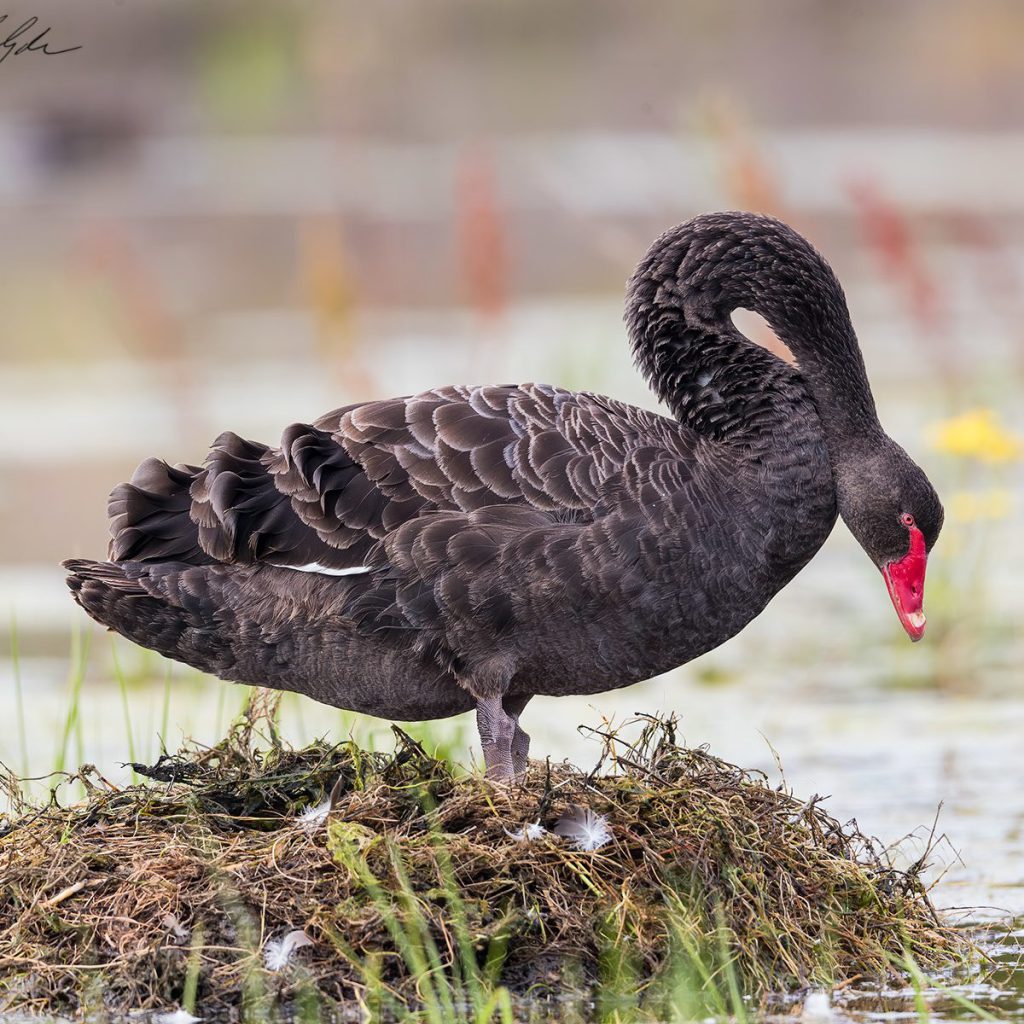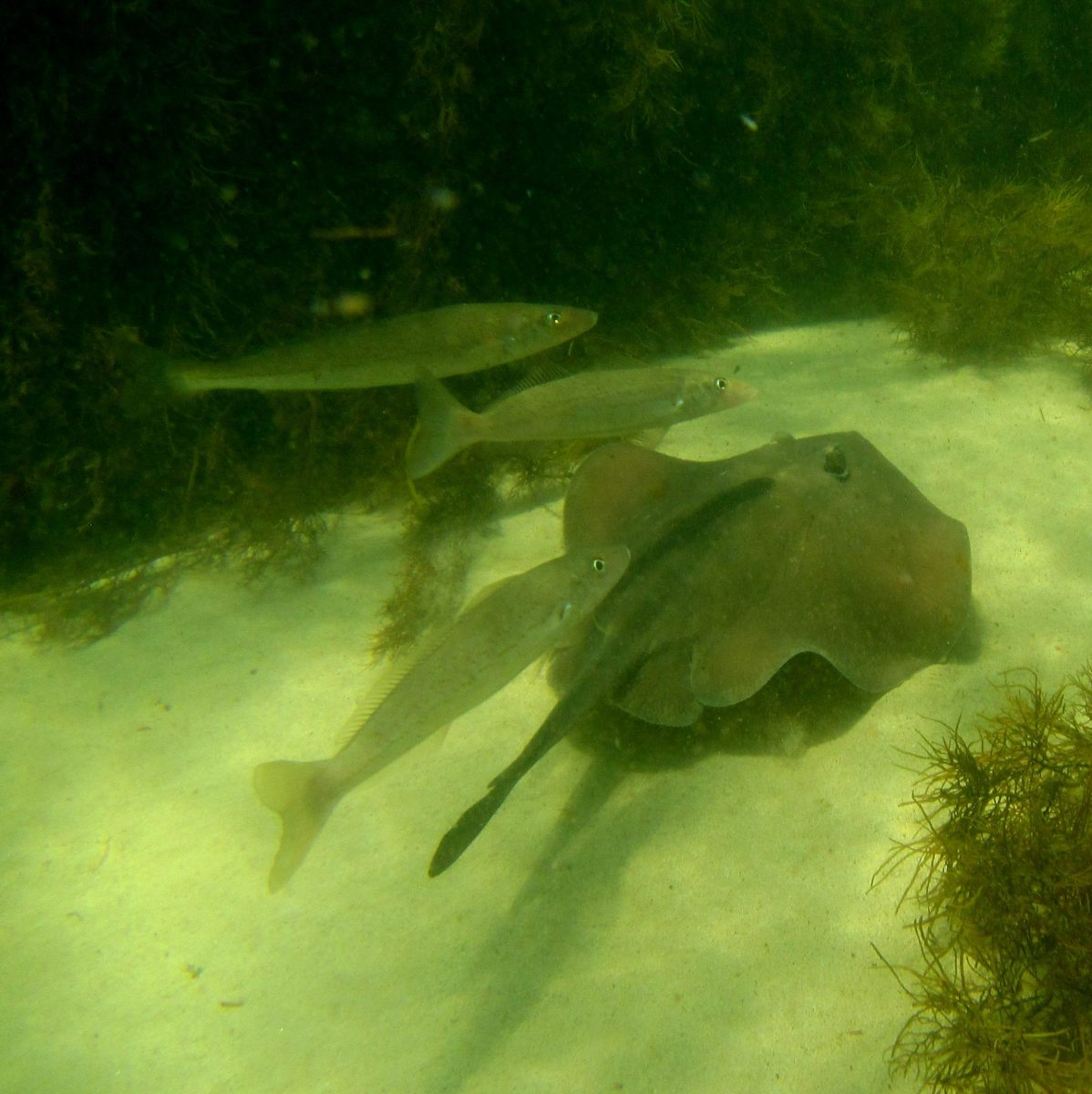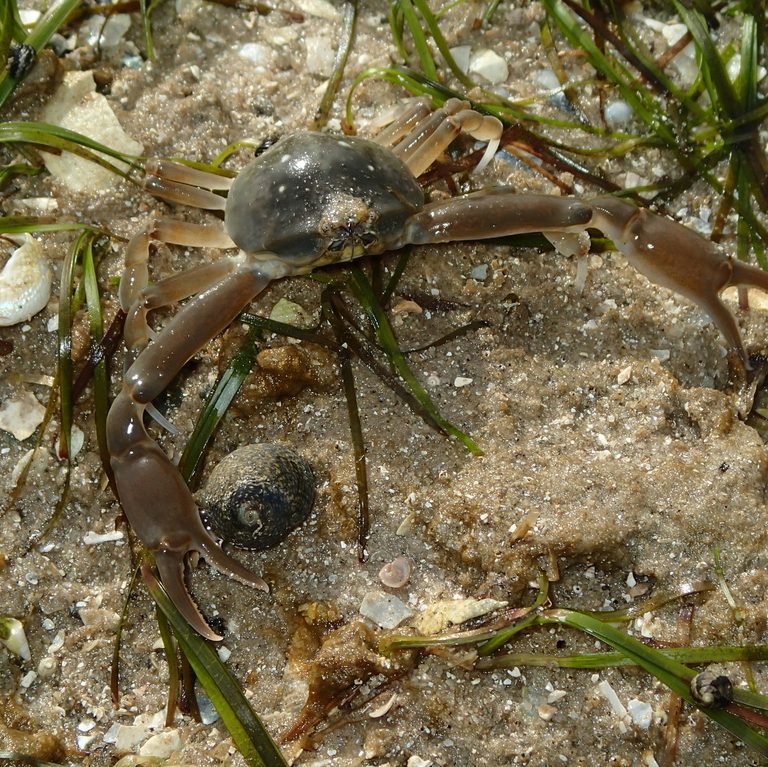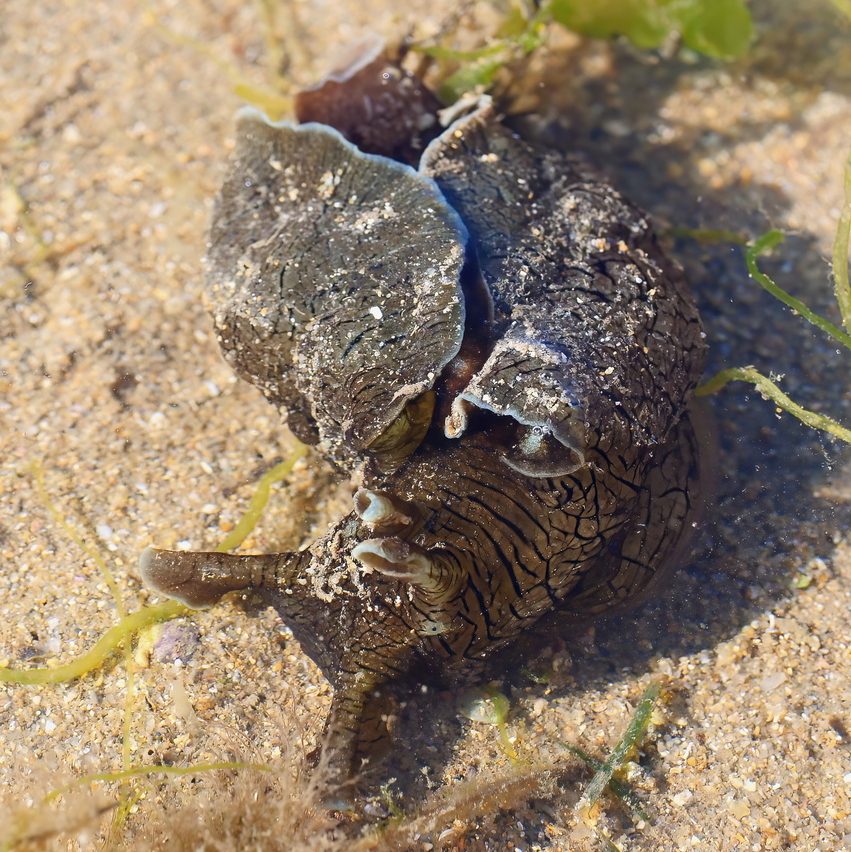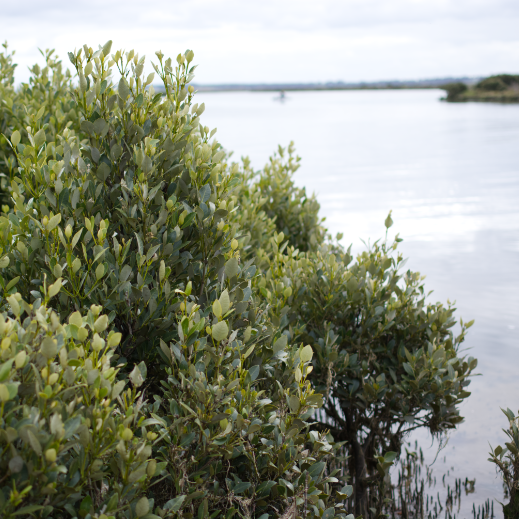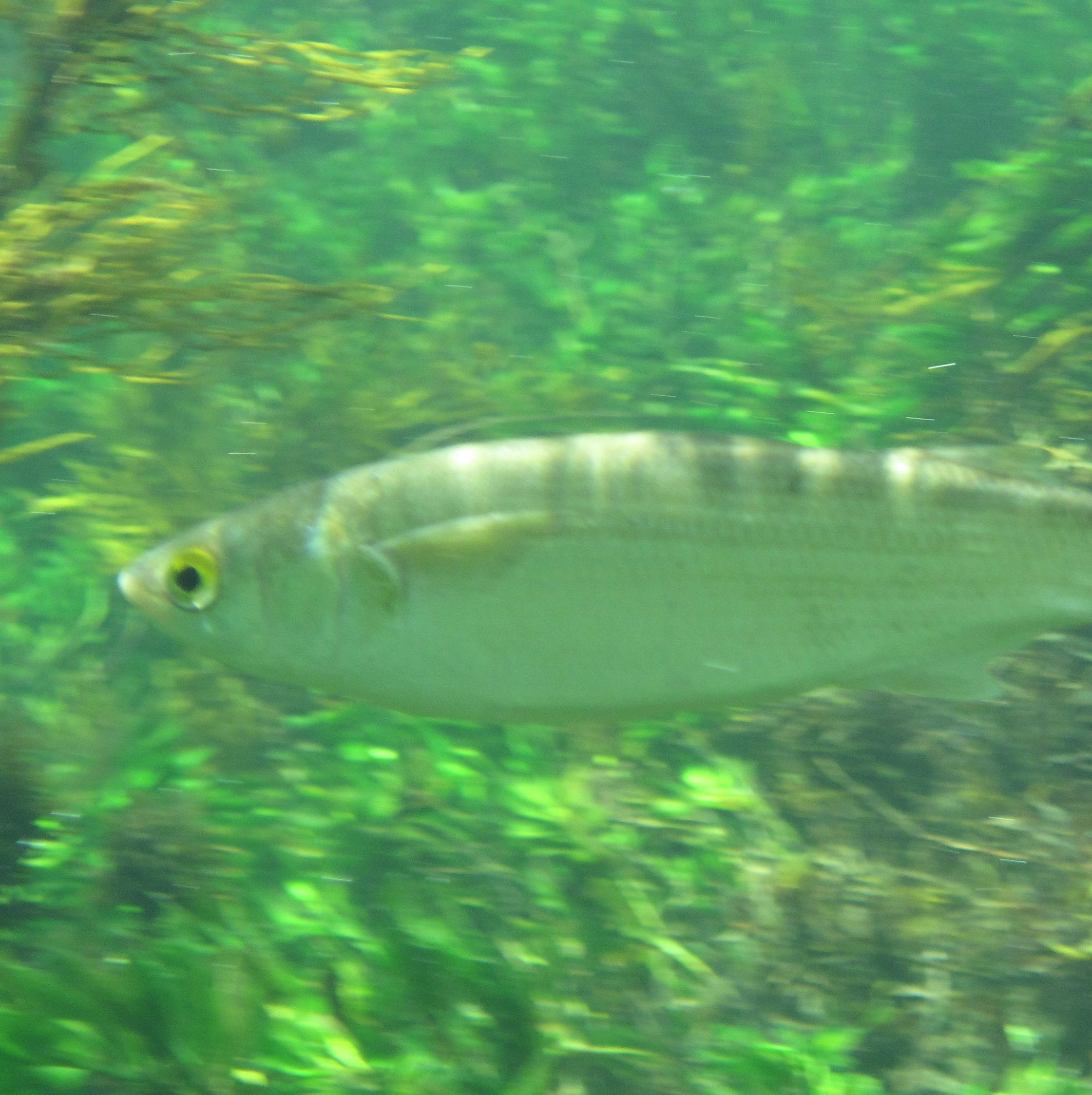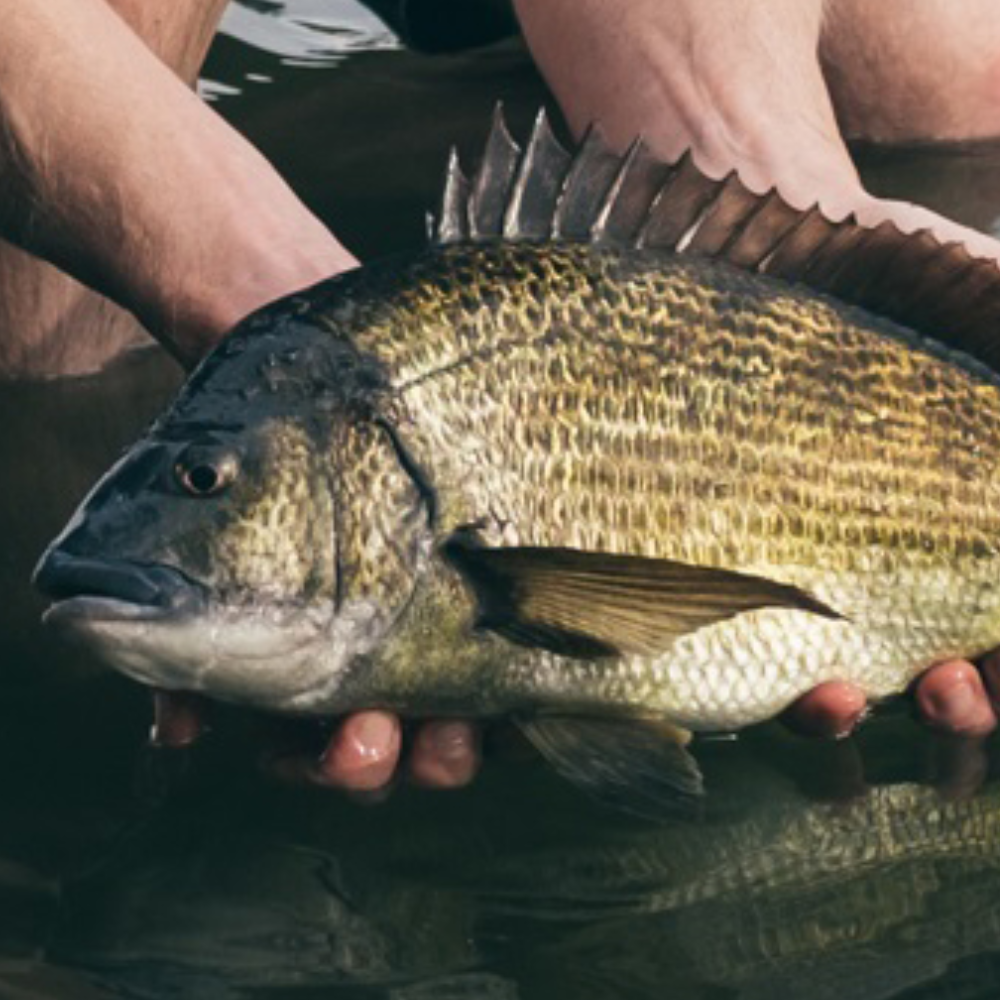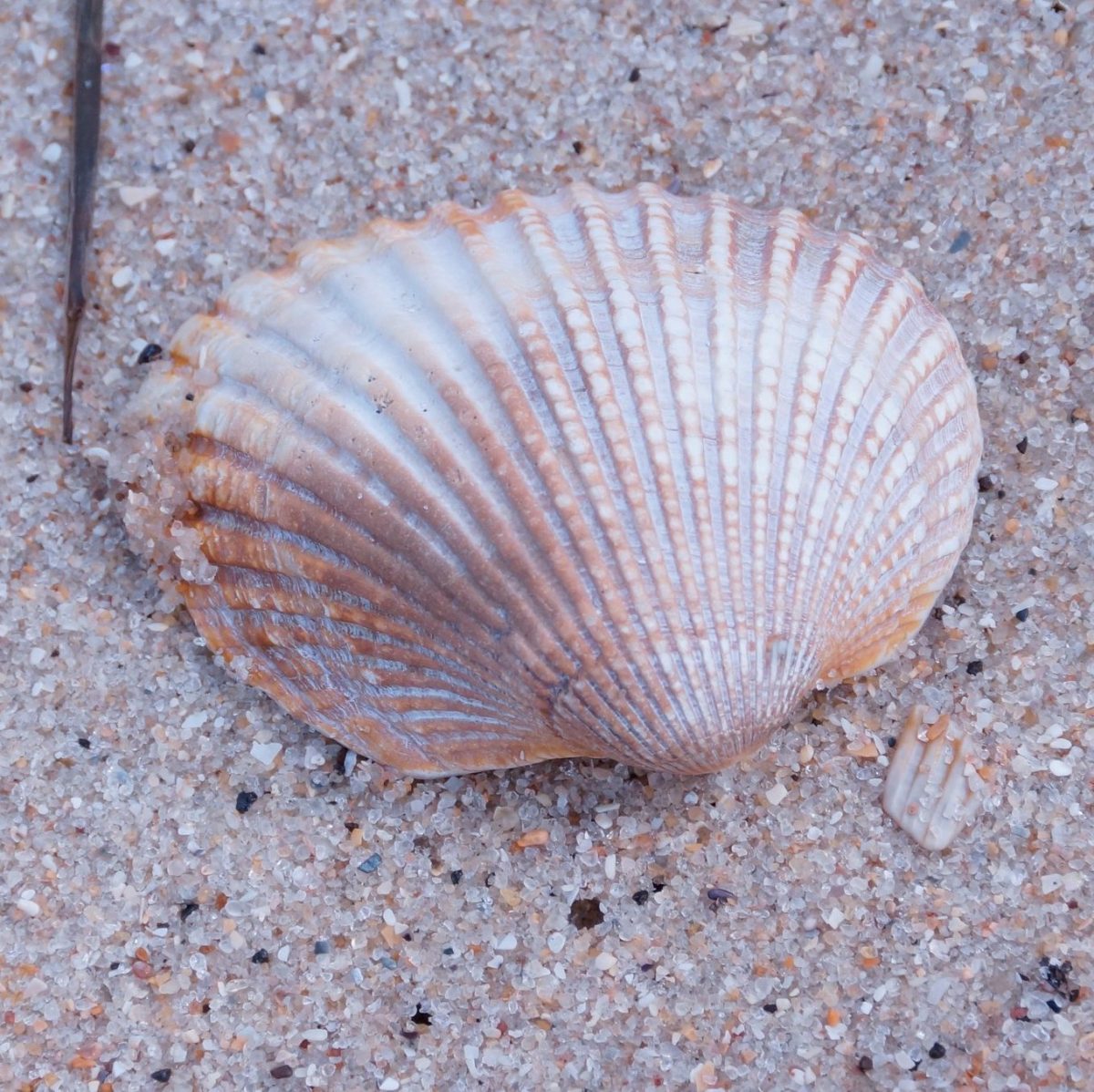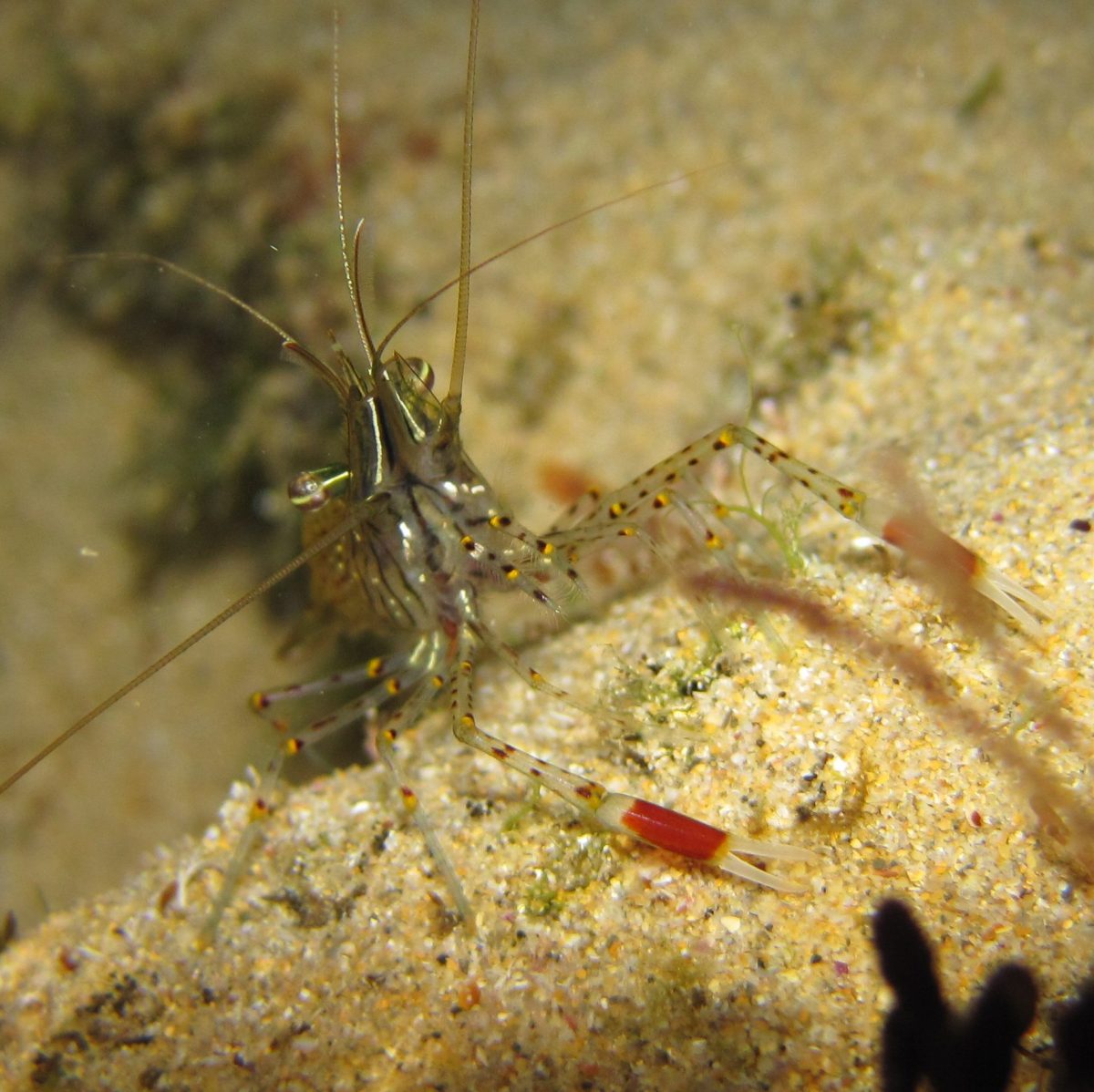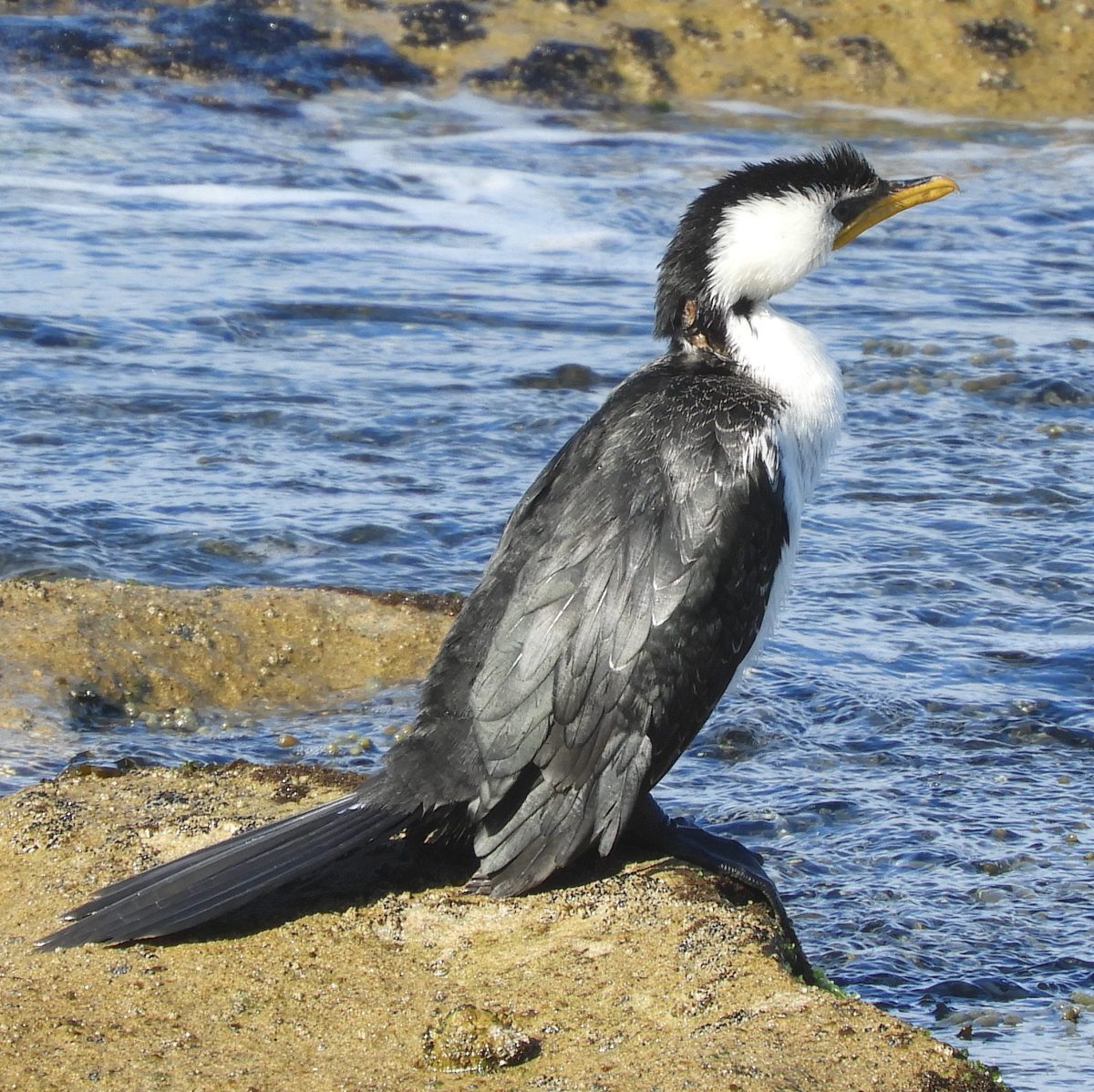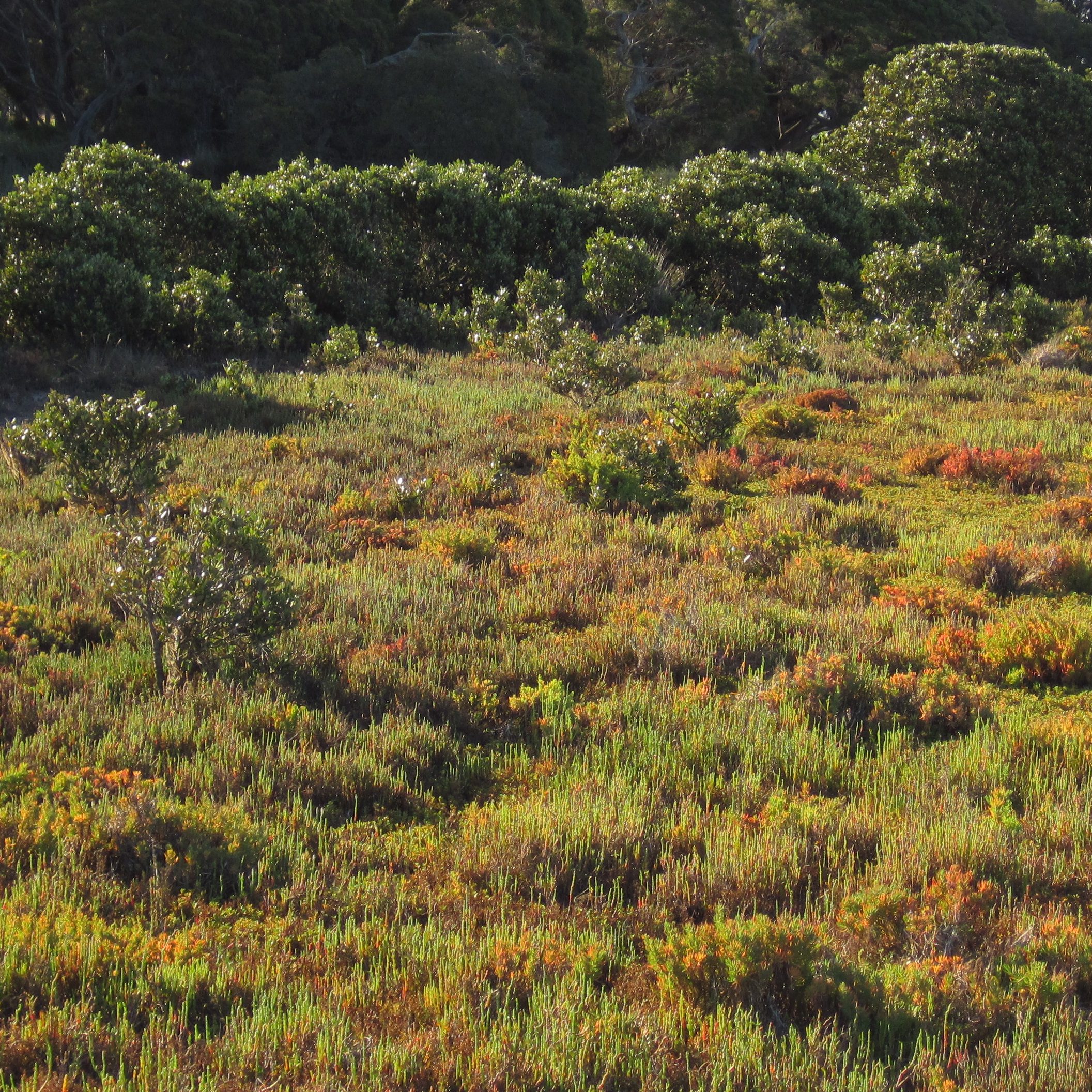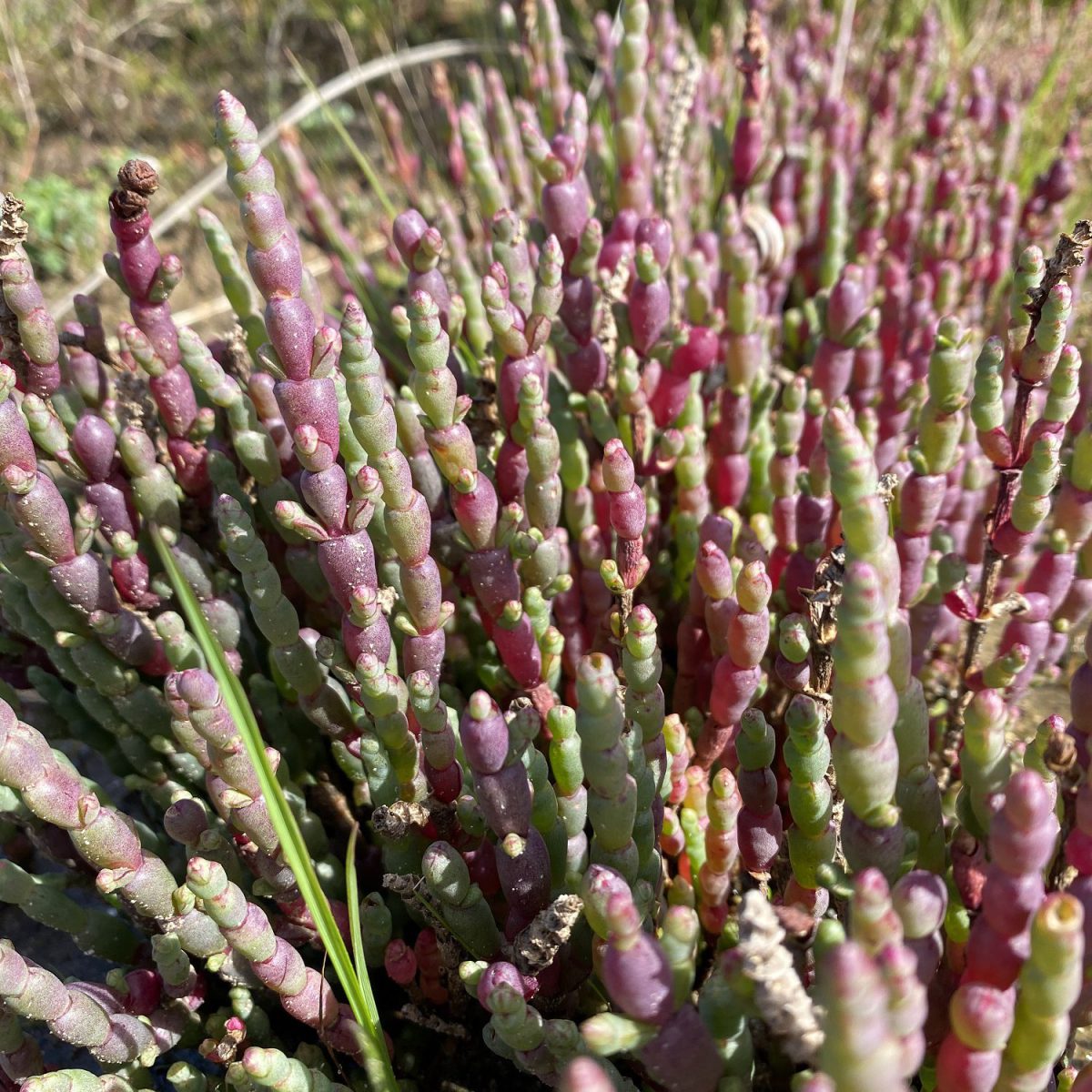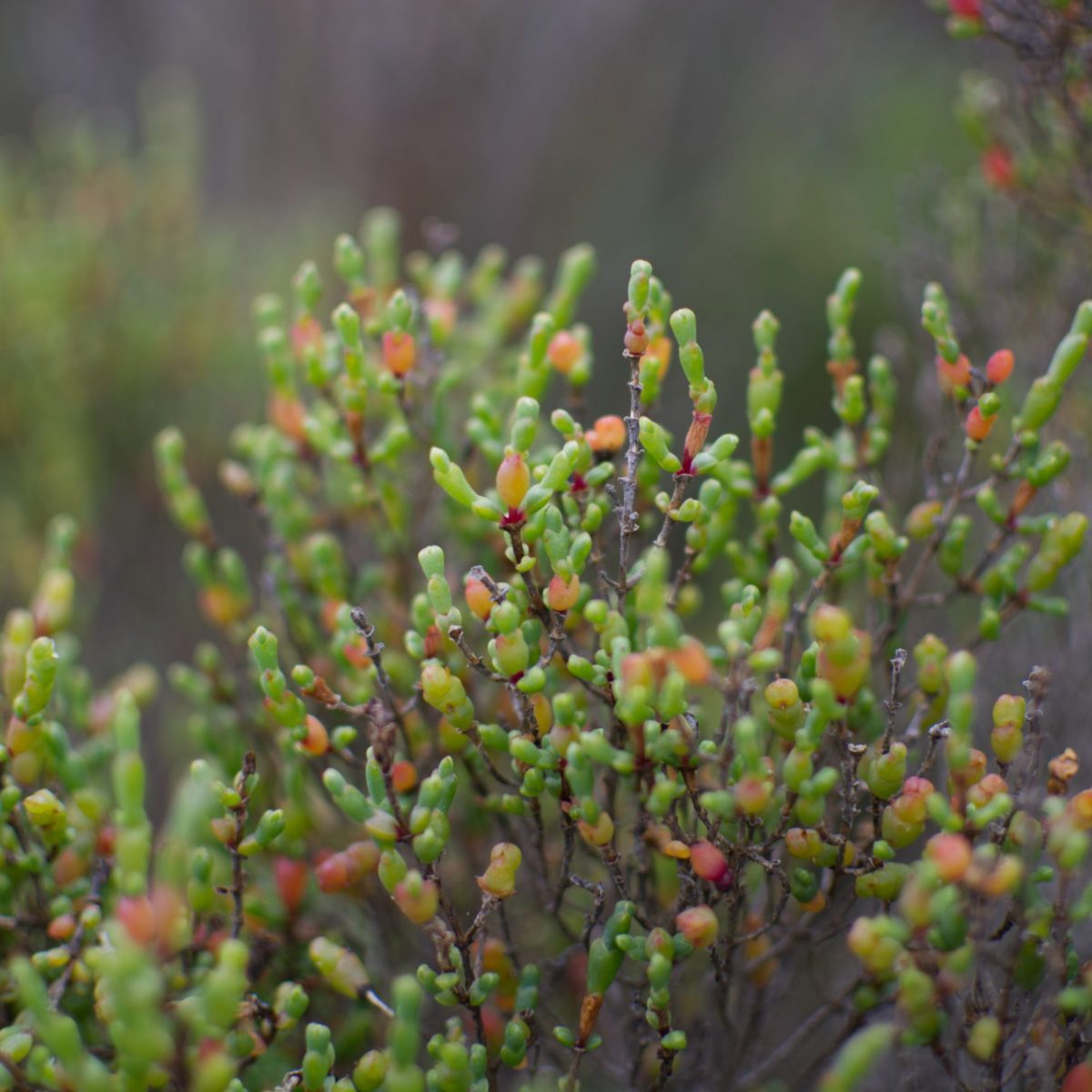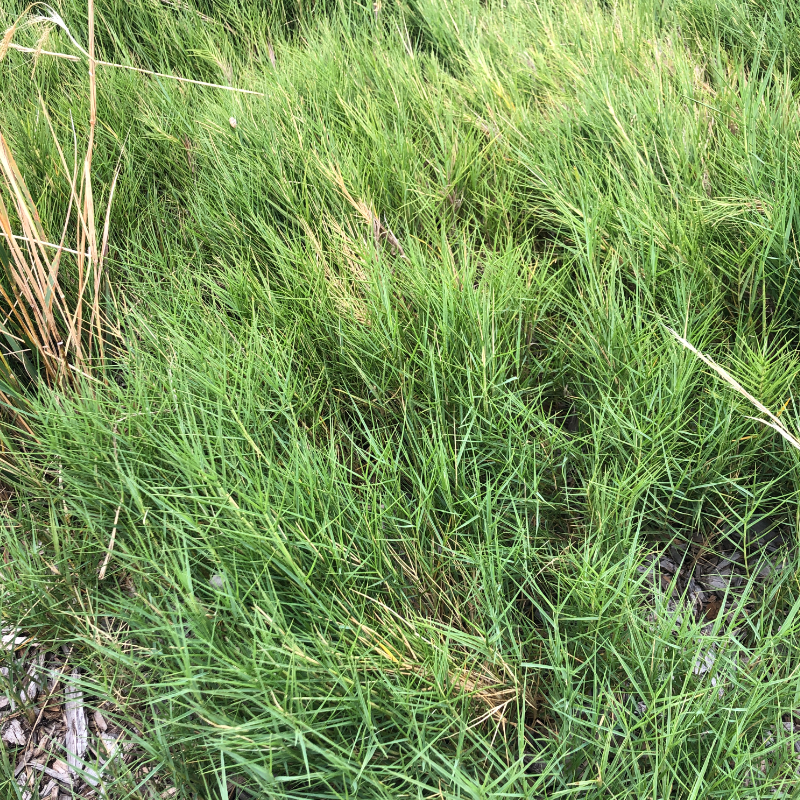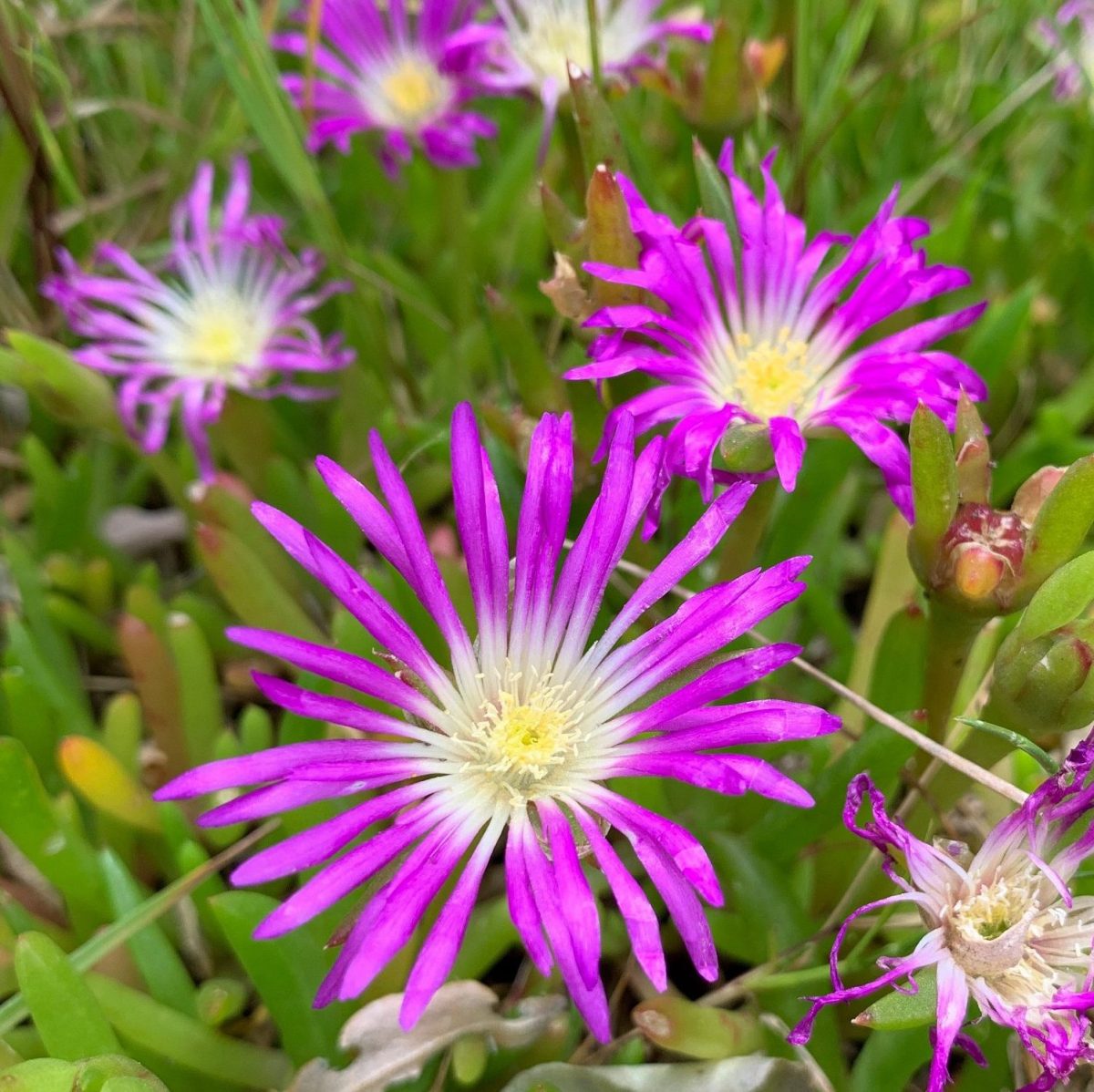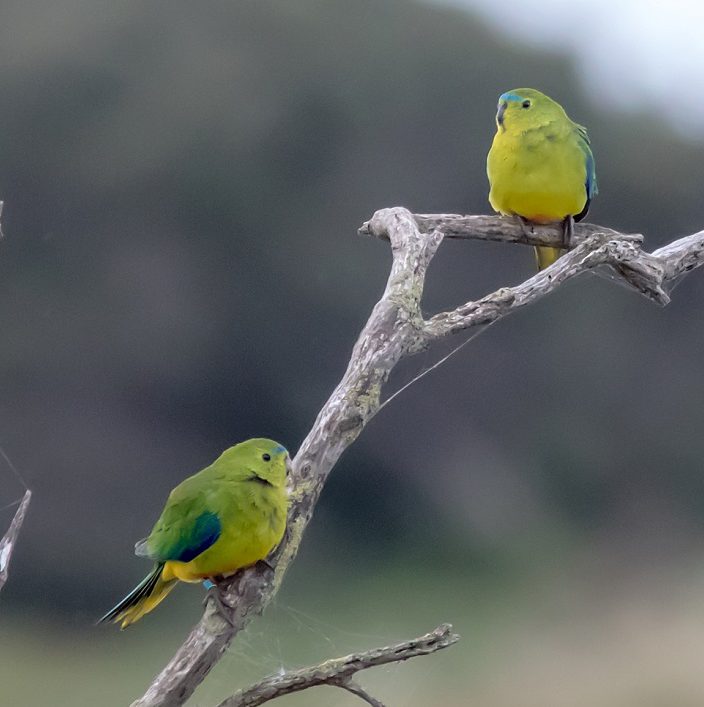
Estuary Habitats
Where the Barwon River meets the sea there is a mixing of freshwater from upstream and seawater that pushes up into the river at high tide. This environment is constantly changing and the animals and plants that live here must be able to cope with these changes not only on a daily basis but also through the different seasons.
Within the estuary itself there are large areas of sediments that tend to become softer and muddier as you go upstream from the bridge. Some of the shallow mudflats are also covered in seagrass.
On the edges of the estuary there are two important plant communities that are inundated by the tide and are tolerant of salt water. Mangroves have their roots and bases covered by seawater on a daily basis whereas the highly diverse saltmarshes around the estuary are only occasionally inundated on the highest tides.
Mudflats
As it flows from a large catchment the Barwon River brings loads of fine particles of sand, silt, and mud downstream where some of it settles to form large areas of soft sediment some of which are exposed at low tide as mudflats.
These areas contain a wealth of invertebrates in the mud such as worms, crabs, shrimp and other crustaceans, and molluscs such as Mud Whelks, that graze on detritus (the broken down remains of dead plants and animals) and other food materials in the mud. In turn these animals are consumed by fish and birds that forage on the mudflats.
There are many shorebirds that feed on mudflats and different species are best suited for a particular type of prey. Birds with long beaks such as the Australian White Ibis reach deep into the mud for their prey while smaller birds like the Curlew Sandpiper with short beaks feed near the surface. In sheltered and shallow areas these mudflats can also be covered with seagrass.
Some of the animals that might be found on the mudflats include the Australian White Ibis (Threskiornis molucca), Banjo Shark (Trygonorrhina fasciata), Bass Yabby (Trypaea australiensis), Moon Snail (Polinices conicus), and Soldier Crab (Mictyris platycheles).
Seagrass Meadows
In the sheltered parts of many bays and estuaries including the Barwon River estuary, flowering plants called seagrasses establish extensive underwater meadows that are some of our most important but challenged coastal habitats. These true plants have the same features as grasses on land including roots, leaves, and flowers.
Seagrasses are critical in the life cycles of many of our important fish species as well trapping of sediments before they enter the sea.
While eaten directly by very few animals the seagrasses provide shelter as well as contribute large amounts of plant material that breaks down to form detritus, a major food source for many invertebrates living in the seagrass habitat.
Within the Barwon Estuary seagrasses are consumed in large quantities by Black Swans that can digest the coarse fibrous rhizomes or roots of the seagrasses, and their droppings add more detritus to the estuary. Dead seagrass that accumulates along the estuary is attacked by small crustaceans particularly Sand Hoppers.
Seagrasses in Victoria have suffered from massive decline in the past three decades with declines being most serious in embayments with catchments that been extensively modified for urban or agricultural development. As seagrasses may take many decades to recover once lost, seagrass decline is a major community concern. Loss of seagrass leads to reduced habitat for many commercially significant fish and internationally important bird species.
Some of the animals that might be found in seagrass include the Black Swan (Cygnus atratus), King George Whiting (Sillaginodes punctatus), Pebble Crabs (Philyra laevis) and Sea Hares (Aplysia sydneyensis).
Mangroves
Mangroves are flowering plants that are well suited to growing in soft muddy sediments as well as being able to cope with being regularly inundated by seawater.
In Victoria and here in Barwon Heads there is only one species of mangrove, the White Mangrove (Avicennia marina) which forms an important habitat along the lower Barwon Estuary.
These mangroves can grow in thick muddy environments because of their specialised breathing roots (pneumatophores) that allow them to get oxygen to their roots. The branches and roots create a complex structure that when covered in water helps to hide small fish and invertebrates. The fallen leaves from mangroves are broken down in the mud to form detritus which is consumed by many animals in the estuary.
Mangroves also play an important role in trapping sediments and preventing erosion.
Some of the animals that might be found amongst mangroves include juvenile Yellow Eye Mullet (Aldrichetta forsteri) and Black Bream (Acanthopagrus butcheri), Sydney Cockle (Anadara trapezia), Estuary Shrimp (Macrobrachium sp.), and the Little Pied Cormorant (Microcarbo melanoleucos).
Saltmarsh
Saltmarshes are groups of flowering plants that are able to grow in highly saline environments such as are found along the edges of the Barwon Estuary and the wetlands around Lake Connewarre.
Saltmarshes are not covered by seawater as regularly as mangroves but do occasionally get inundated during extreme high tides or during floods.
There are a number of different species of plants that form saltmarshes and most are succulents and have the ability to store water and also get rid of salt.
Some animals depend on saltmarshes for the food and shelter. One of Australia’s most threatened birds, the Orange-bellied Parrot (Neophema chrysogaster), feeds on the flowers and seeds of some saltmarsh plants and its decline has been directly linked to the loss of saltmarsh habitats in Victoria.
Some species that may be found in saltmarshes include Beaded Glasswort (Salicornia quinqueflora), Shrubby Glasswort (Tecticornia arbuscula), Austral Salt Grass (Distichlis distichophylla), Rounded Noon-flower (Disphyma crassifolium) and Orange Bellied Parrots (Neophema chrysogaster).
